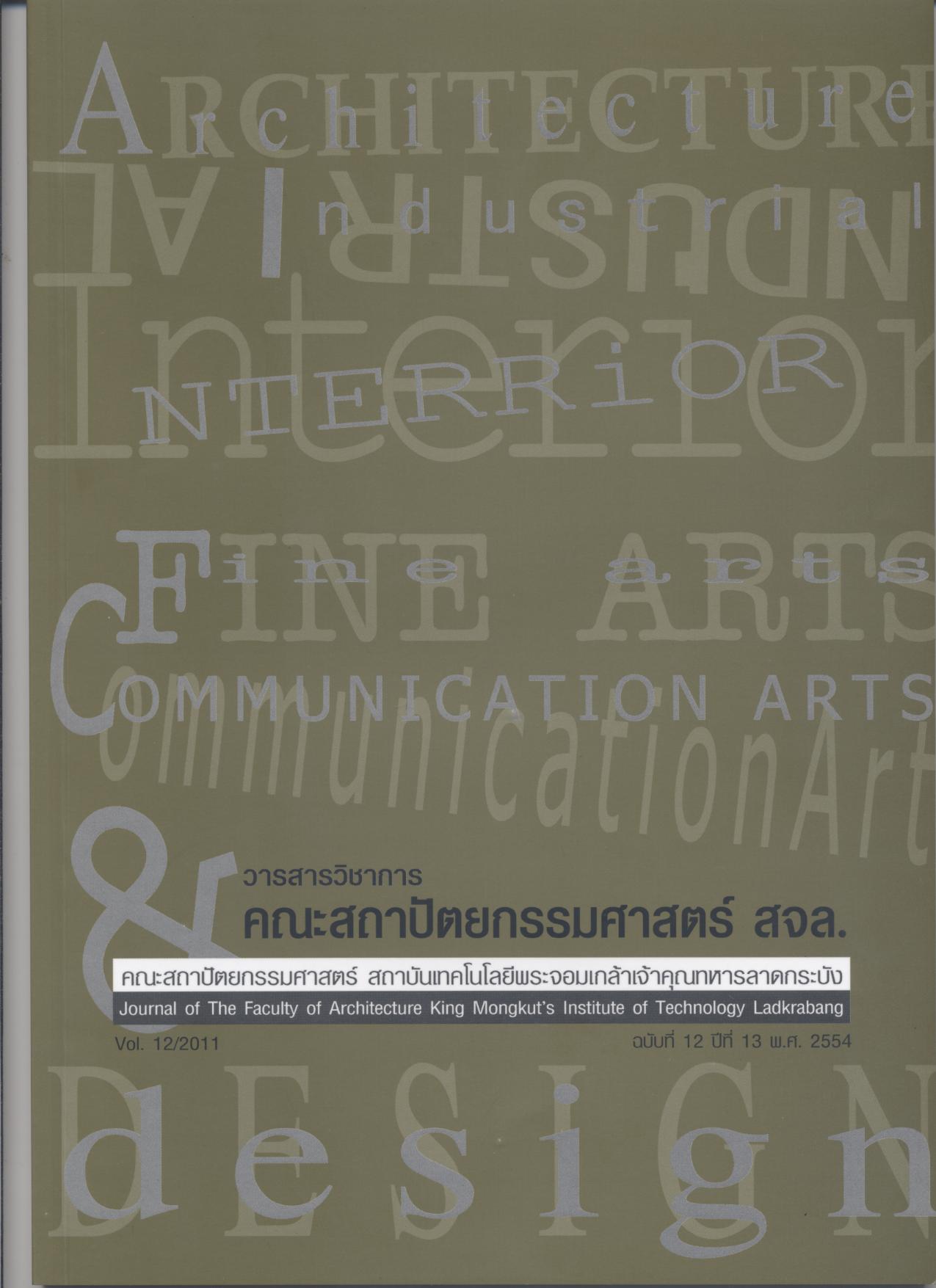แนวทางการจัดการพื้นที่สีเขียวในศาสนสถานอย่างยั่งยืน
Main Article Content
Abstract
บทคัดย่อ
บทความวิจัยนี้มีวัตถุประสงค์ในการศึกษาสัดส่วนพื้นที่สีเขียวยั่งยืน ในศาสนสถาน ความคิดเห็นของประชาชนต่อการจัดการพื้นที่สีเขียวและเสนอแนะแนวทางการจัดการพื้นที่สีเขียวยั่งยืนที่สอดคล้องกับความต้องการของประชาชนและแผนปฏิบัติการเชิงนโยบายด้านการจัดการพื้นที่สีเขียวที่เกี่ยวข้อง โดยพิจารณาเขตยานนาวาเป็นพื้นที่ศึกษา ผลจากการศึกษาพบว่า เขตยานนาวาเป็นที่ตั้งของพุทธศาสนสถานที่สำคัญของกรุงเทพมหานครจำนวนทั้งสิ้น 9 แห่ง ได้แก่ วัดโพธิ์แมนคุณาราม วัดช่องลม วัดช่องนนทรี วัดคลองภูมิ วัดคลองใหม่ วัดด่าน วัดปริวาศ วัดทองบน และวัดดอกไม้ ซึ่งเมื่อพิจารณาพื้นที่สีเขียวในพุทธศาสนสถานดังกล่าว พบว่าไม่มีวัดใดที่มีพื้นที่สีเขียวยั่งยืนสอดคล้องกับมาตรฐานที่สำนักงานนโยบายและแผนทรัพยากรธรรมชาติและสิ่งแวดล้อมกำหนดไว้ นอกจากนี้ ในส่วนของผลจากแบบสอบถามพบว่าร้อยละ 100 ของประชาชนที่ทำแบบสอบถามมีความคิดเห็นตรงกันว่า วัดทุกแห่งในเขตยานนาวาควรมีการจัดการพื้นที่สีเขียวให้ดีขึ้น แนวทางการจัดการพื้นที่สีเขียวยั่งยืนในอนาคตจึงควรเพิ่มพื้นที่สีเขียวในลักษณะของไม้ยืนต้นและสวนแนวตั้ง ปรับปรุงพื้นที่ให้มีพื้นผิวดาดแข็งน้อย เสริมสร้างเอกลักษณ์ของพื้นที่ริมน้ำให้มีความโดดเด่นและให้การสนับสนุนงบประมาณจากภาครัฐ
คำสำคัญ: แนวทางการจัดการอย่างยั่งยืน, พื้นที่สีเขียว, ศาสนสถาน, เขตยานนาวา
Abstract
This study employed Yannawa District as a case study with aims to study percentage of sustainable green areas in the religious places, to view public needs towards green areas managements in the religious places, and to suggest sustainable management for green areas in accordance with the public needs and the action plan. The study found Yannawa District homes nine of Bangkok’s important Buddhist temples, namely, Wat Pho Man Khunaram, Wat Chonglom, Wat Chong Nonsee, Wat Khlong Phum, Wat Khlong Mai, Wat Dan, Wat Pariwat, Wat Thong Bon and Wat Dok Mai. These temples have much less sustainable green areas than the standards recommended by Office of Natural Resources and Environmental Policy and Planning. Moreover, the results of the questionnaire survey pointed out that 100 percent of the respondents would like to see better management of green areas in all temples in Yannawa district. Guidelines for developing green areas in the future should focus on increasing perennial plants and vertical gardens as well as reducing hardscape at the same time. Moreover, the identity of waterfront area should be highlighted. Lastly, the government should allocate more budgets on this issue.
Keyword: The Sustainable Management, Green Areas, Religious Place, Yannawa District
Article Details
This work is licensed under a Creative Commons Attribution-NonCommercial-ShareAlike 4.0 International License.
Copyright Transfer Statement
The copyright of this article is transferred to Journal of The Faculty of Architecture King Mongkut's Institute of Technology Ladkrabang with effect if and when the article is accepted for publication. The copyright transfer covers the exclusive right to reproduce and distribute the article, including reprints, translations, photographic reproductions, electronic form (offline, online) or any other reproductions of similar nature.
The author warrants that this contribution is original and that he/she has full power to make this grant. The author signs for and accepts responsibility for releasing this material on behalf of any and all co-authors.


